Why Module Reprogramming Is Becoming a Must-Know for Automotive Training Grads
CATI
JUNE 12, 2025
From engine performance to safety features, nearly every modern vehicle function is controlled by software-driven modules. Today’s vehicles are more than just machines; they’re advanced computers on wheels. That’s why module reprogramming has quickly become one of the most critical skills for any new technician entering the field.



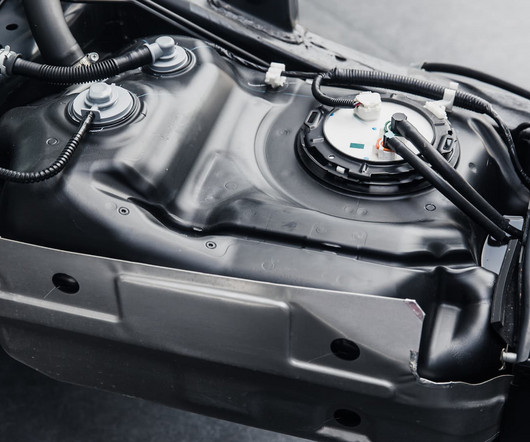
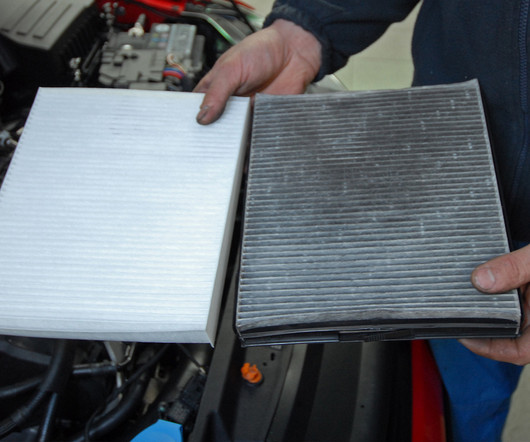



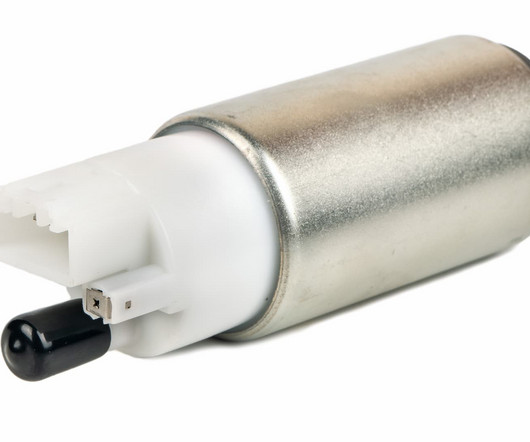
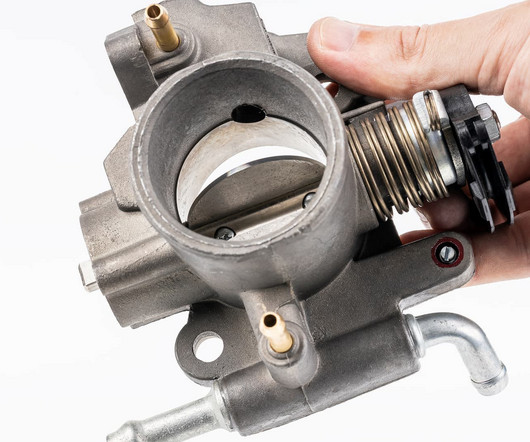
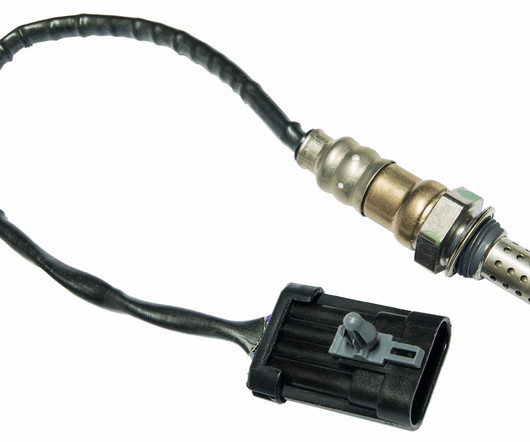
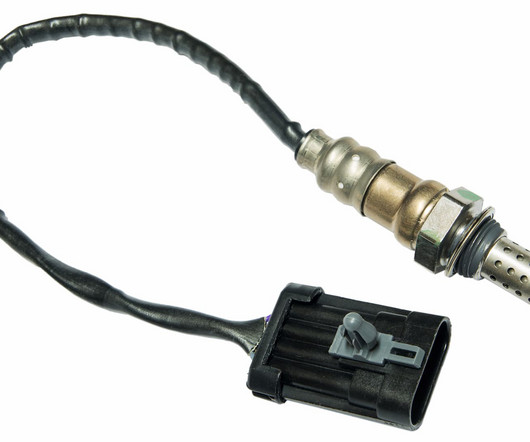






Let's personalize your content